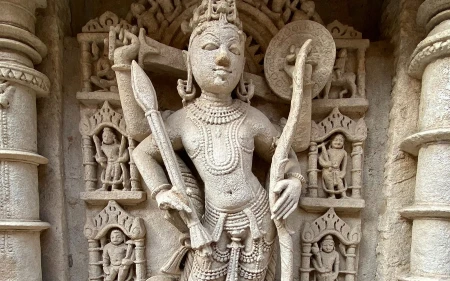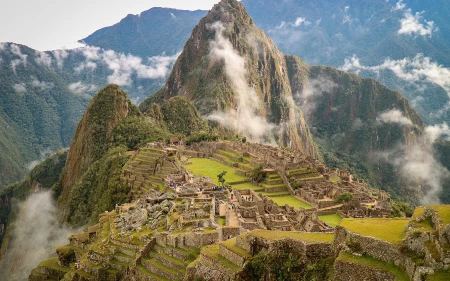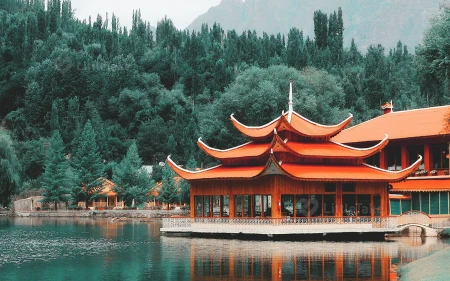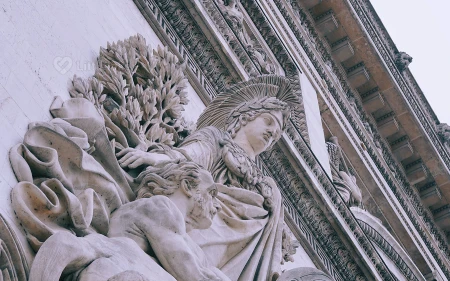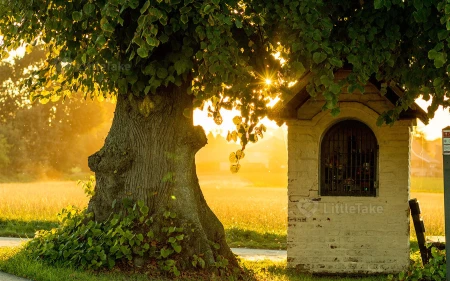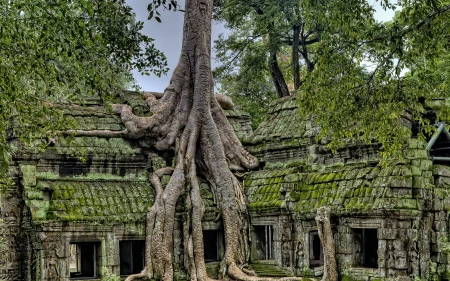
Migration & Cultural Identity
Migration has been an essential part of human history, shaping societies and cultures for millennia. Whether driven by economic opportunity, conflict, or the pursuit of a better life, migration can have a profound impact on an individual's cultural identity. In this article, we'll explore the complex relationship between migration and cultural identity, and discuss how embracing diversity can help foster a more inclusive and vibrant society.
The Impact of Migration on Cultural Identity
When individuals migrate to a new country or region, they bring their cultural heritage, customs, and traditions with them. This can lead to the development of rich and diverse communities that blend the best of multiple cultures. However, the process of adapting to a new environment can also be challenging, as migrants must navigate the complexities of assimilating into their new home while maintaining a connection to their cultural roots.
For example, consider the Vietnamese community in New Orleans, which has thrived since the 1970s. Over time, they have created a unique blend of Vietnamese and Creole cultures, exemplified by their vibrant culinary scene, which includes dishes like the iconic Vietnamese-Creole fusion sandwich, the "Banh Mi Po' Boy."
Challenges and Opportunities
Migration can present both challenges and opportunities for cultural identity:
- Loss of Cultural Identity: The pressure to assimilate into a new society can sometimes lead migrants to abandon their cultural heritage, resulting in a sense of disconnection from their roots.
- Discrimination and Prejudice: Migrants may face discrimination and prejudice based on their cultural background, leading to feelings of isolation and marginalization.
- Creation of New Identities: On the other hand, migration can also lead to the development of new, hybrid cultural identities that blend the best of multiple traditions.
- Cultural Exchange and Enrichment: The interaction between different cultural groups can foster greater understanding, tolerance, and appreciation for the richness of human diversity.
Embracing Diversity and Fostering Inclusion
To create a more inclusive and harmonious society, it's essential to embrace the diverse cultural identities that migration brings:
- Promote Multiculturalism: Encourage and celebrate cultural diversity within communities, schools, and workplaces.
- Counter Stereotypes and Prejudice: Challenge misconceptions and stereotypes about different cultural groups and promote understanding and empathy.
- Support Migrant Communities: Provide resources and support to help migrants maintain their cultural heritage while adapting to their new environment.
- Engage in Cultural Exchange: Participate in cultural events, learn about different cultures, and share your own cultural experiences with others.
Conclusion
Migration is an integral part of our shared human story, shaping our cultural identities and enriching our communities. By embracing diversity and fostering inclusion, we can create a more harmonious and vibrant society that celebrates the many threads that weave together the rich tapestry of human experience.













